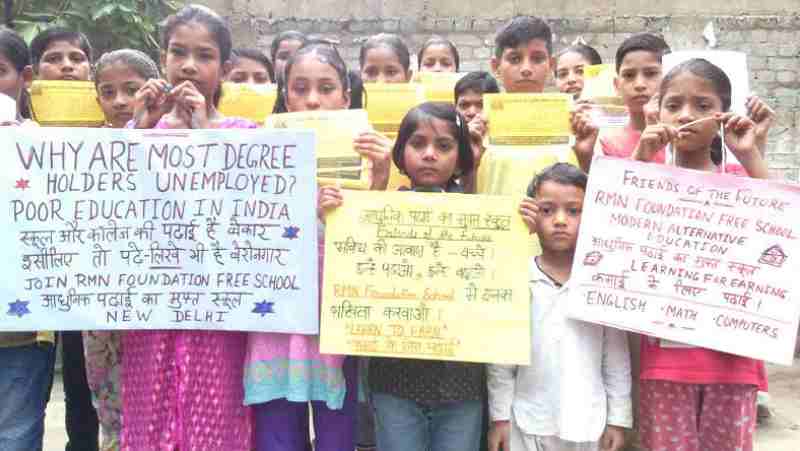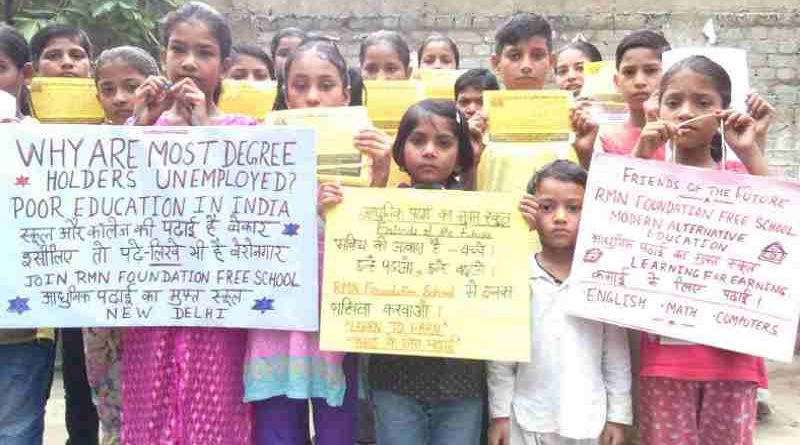Youth Unemployment to Rise in 2018: ILO Report

Young people are estimated to account for over 35 per cent of the unemployed population worldwide in 2017. While the global youth unemployment rate stabilized at 13.0 per cent in 2016, it is expected to rise slightly to 13.1 per cent this year, according to the ILO’s (International Labour Organization) Global Employment Trends for Youth 2017 report.
According to the report, the estimated figure of 70.9 million unemployed youth in 2017 is an important improvement from the crisis peak of 76.7 million in 2009, but the number is expected to rise by a further 200,000 in 2018, reaching a total of 71.1 million.
Globally, according to the report, the sizeable increases in youth unemployment rates observed between 2010 and 2016 in Northern Africa, the Arab States, and Latin America and the Caribbean have been offset by improvements in youth labour markets in Europe, Northern America and sub-Saharan Africa.
[ Why Are Most Degree Holders Unemployed in India? ]
Overall economic growth continues to be disconnected from employment growth, and economic instability threatens to reverse observed gains in youth employment. The youth-to-adult unemployment ratio has barely changed over the past decade, illustrating the ingrained and extensive disadvantages of young people in the labour market.
The report also highlights the continued vulnerabilities of young women in the labour market. In 2017, the global rate of young women’s labour force participation is 16.6 percentage points lower than that of young men.
Unemployment rates of young women are also significantly higher than those of young men, and the gender gap in the rate of young people not in employment, education or training (NEET) is even wider. Globally, according to the report, the female NEET rate is 34.4 per cent, compared to 9.8 per cent for males.





